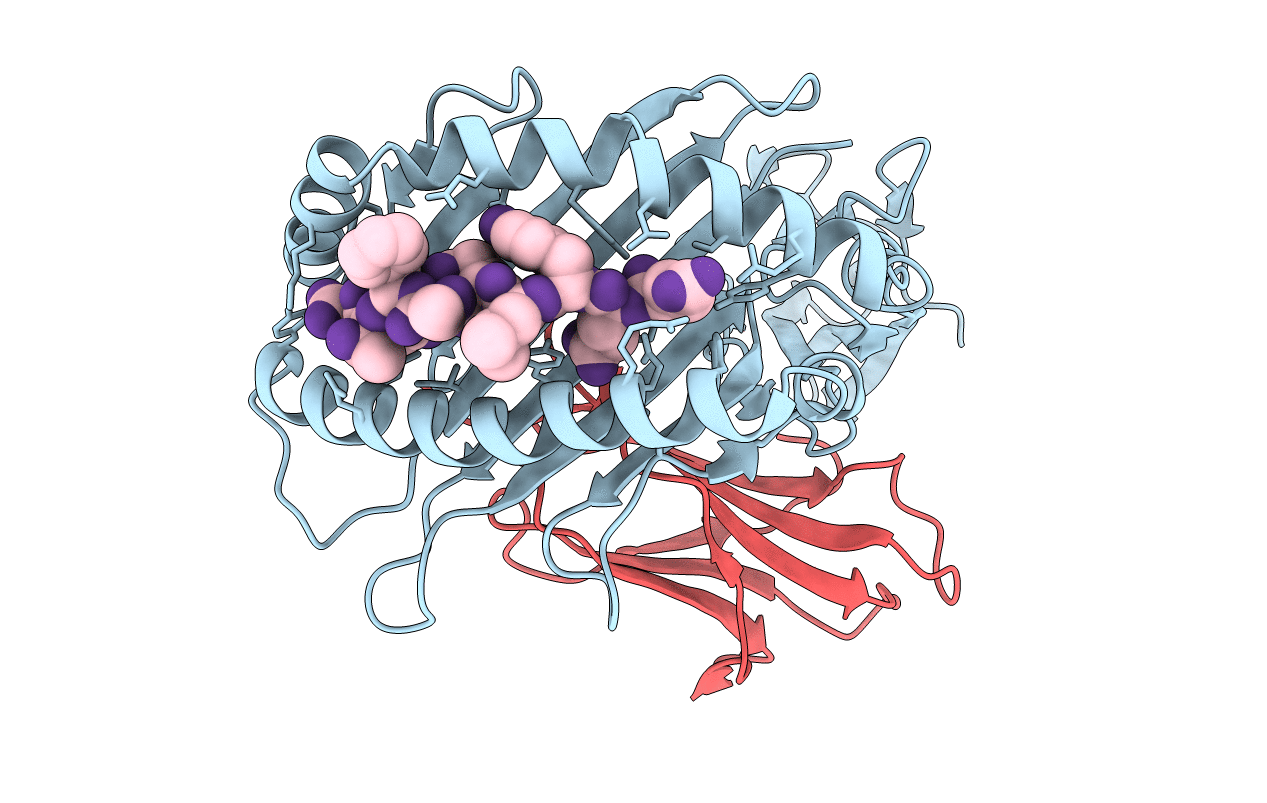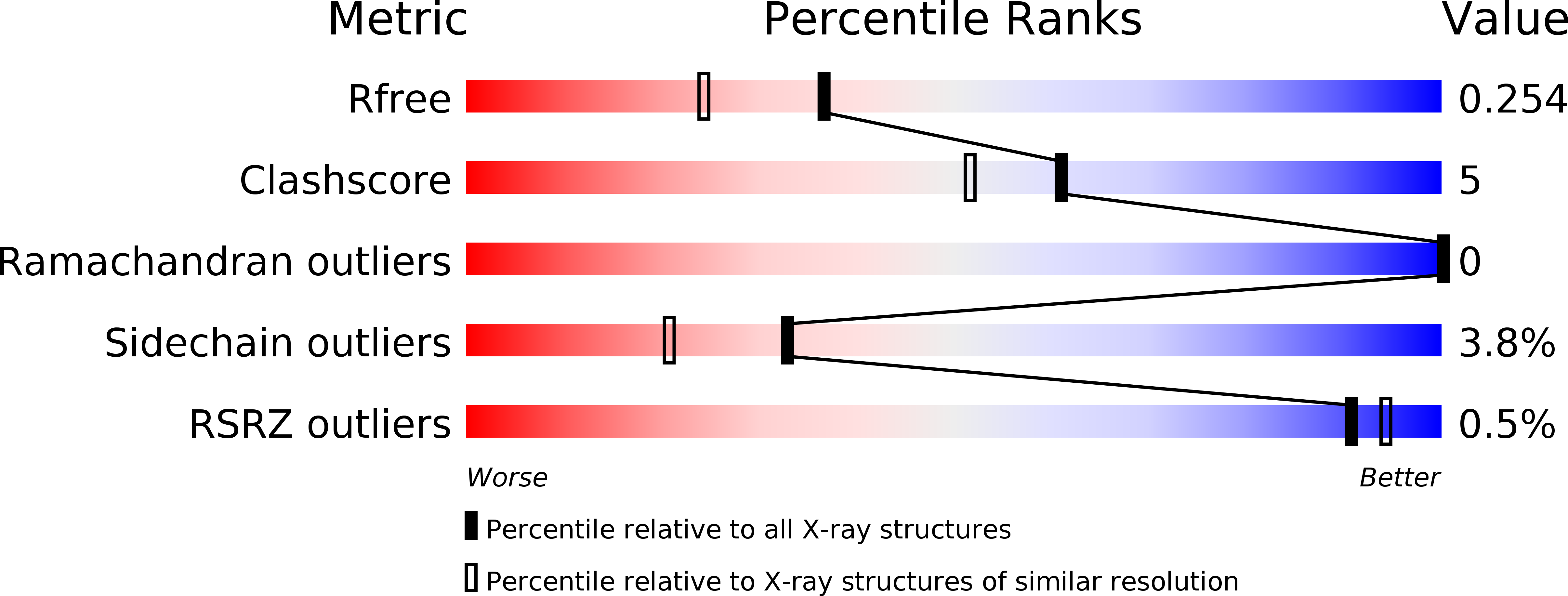
Deposition Date
2009-11-16
Release Date
2009-12-22
Last Version Date
2024-10-09
Entry Detail
PDB ID:
3KPL
Keywords:
Title:
Crystal Structure of HLA B*4402 in complex with EEYLQAFTY a self peptide from the ABCD3 protein
Biological Source:
Source Organism:
Homo sapiens (Taxon ID: 9606)
Host Organism:
Method Details:
Experimental Method:
Resolution:
1.96 Å
R-Value Free:
0.25
R-Value Work:
0.20
R-Value Observed:
0.20
Space Group:
P 21 21 21


